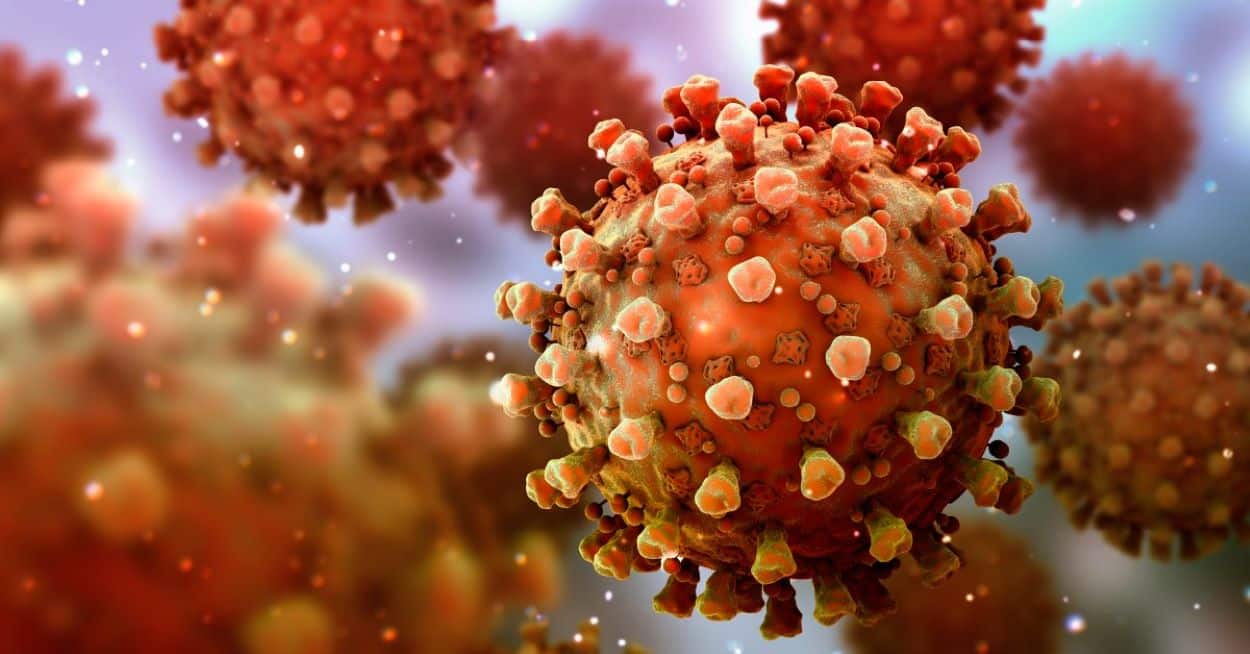The World Health Organization has identified the FLiRT variants of SARS-CoV-2 as the predominant strains globally this year.
FLiRT, named for specific mutations on the virus’ spike protein, includes the variant KP.2, now the most prevalent in the United States, as stated by the CDC.
Here’s an overview of the FLiRT variants.
What sets the FLiRT variants apart from previous strains? Johns Hopkins University reports that these variants, including KP.2 and its “parental” lineage JN.1, feature three significant mutations that might enhance their ability to dodge antibodies.
Are these variants more infectious or dangerous? From Mount Sinai South Nassau, Dr. Aaron Glatt notes no rise in cases or hospitalizations, possibly due to widespread immunity from previous infections and vaccinations.
According to CDC data, COVID-19 hospitalizations and emergency room cases have remained stable recently.
Comparative data shows a decrease in COVID-19 rates and treatments. The hospitalization rate is less than half of last year, and prescriptions for the antiviral Paxlovid have dropped by 60%, analysts note.
How effective are current vaccines against FLiRT variants? Dr. Glatt believes existing vaccines still offer protection against these new strains. Health authorities have been updating vaccine formulations to address these variants more effectively. The European regulator recently advised targeting the JN.1 variant. A U.S. meeting to finalize vaccine updates is scheduled for June 5, but it has been postponed to gather more data.
Vaccine developers like Pfizer/BioNTech and Moderna, who use mRNA technology, await this meeting to decide on future vaccine designs. Novavax is already producing a vaccine aimed at JN.1, following European guidance.






